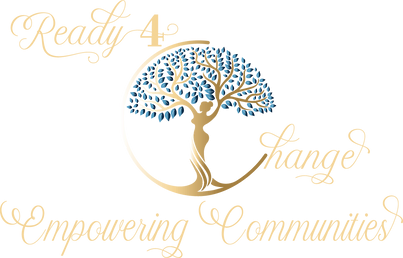Post Traumatic Stress Disorder (PTSD): Symptoms & the Importance of Professional Support

Trauma is an unfortunate but often unavoidable part of life. For some, the impact of a traumatic event extends far beyond the initial experience, leading to a mental health condition known as Post-Traumatic Stress Disorder (PTSD). PTSD can profoundly affect an individual’s emotional, physical, and mental well-being. This blog explores what PTSD is, its symptoms, and why connecting with a clinician is essential for healing and recovery.
What Is PTSD?
PTSD is a mental health condition that occurs after a person experiences or witnesses a traumatic event. While it’s natural to feel shaken or distressed after trauma, PTSD develops when the brain struggles to process the event, leading to ongoing emotional and physical symptoms that interfere with daily life.
Traumatic events that may lead to PTSD include:
Military combat
Physical or sexual assault
Serious accidents or injuries
Natural disasters
Childhood abuse or neglect
Sudden loss of a loved one
Witnessing violence or tragedy
Not everyone who experiences trauma will develop PTSD, but for those who do, the effects can be debilitating without proper care and support.
Symptoms of PTSD
PTSD symptoms vary from person to person but typically fall into four main categories:
1. Intrusive Memories
Flashbacks: Reliving the traumatic event as if it’s happening again.
Nightmares: Recurring, distressing dreams related to the trauma.
Unwanted Thoughts: Persistent memories or images that are hard to control.
Emotional or Physical Distress: Feeling overwhelmed or physically reactive when reminded of the trauma.
2. Avoidance
Avoiding places, people, or activities that remind you of the event.
Suppressing thoughts, feelings, or conversations about the trauma.
3. Negative Changes in Mood and Thinking
Persistent feelings of guilt, shame, or self-blame.
Loss of interest in activities or relationships.
Difficulty recalling parts of the traumatic event.
Viewing the world as unsafe or untrustworthy.
4. Heightened Arousal and Reactivity
Hypervigilance or being constantly “on edge.”
Difficulty concentrating or sleeping.
Irritability, angry outbursts, or aggressive behavior.
Exaggerated startle response to sudden noises or movements.
These symptoms can interfere with relationships, work, and day-to-day functioning. The weight of PTSD can make it hard to envision a path forward, but recovery is possible with the right help.
Why Professional Support Matters
1. A Safe Space to Heal
A trained clinician provides a judgment-free environment where you can process your trauma at your own pace. They understand the complexity of PTSD and create a space where you feel heard, supported, and validated.
2. Expert Tools and Strategies
Clinicians are equipped with evidence-based approaches, such as:
Cognitive Behavioral Therapy (CBT): Helps reframe negative thoughts and beliefs related to the trauma.
Eye Movement Desensitization and Reprocessing (EMDR): Uses guided eye movements to help reprocess traumatic memories.
Mindfulness Practices: Builds awareness of the present moment to reduce anxiety and improve emotional regulation.
These tools help you regain control over your thoughts, emotions, and behaviors, fostering long-term healing.





